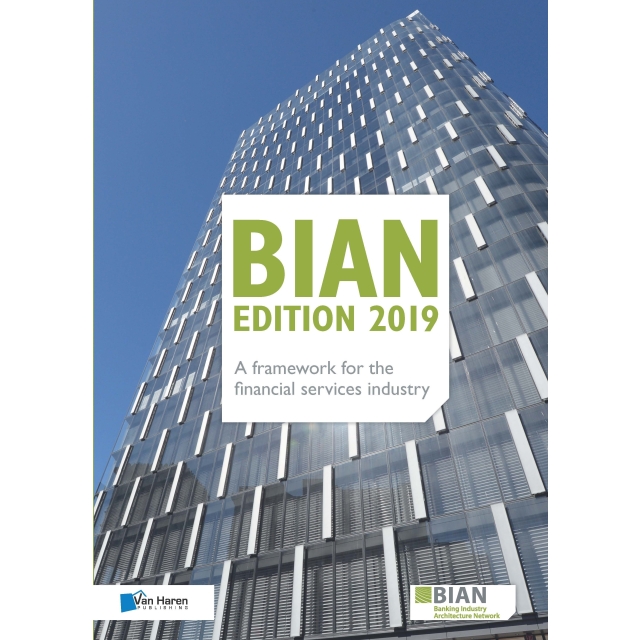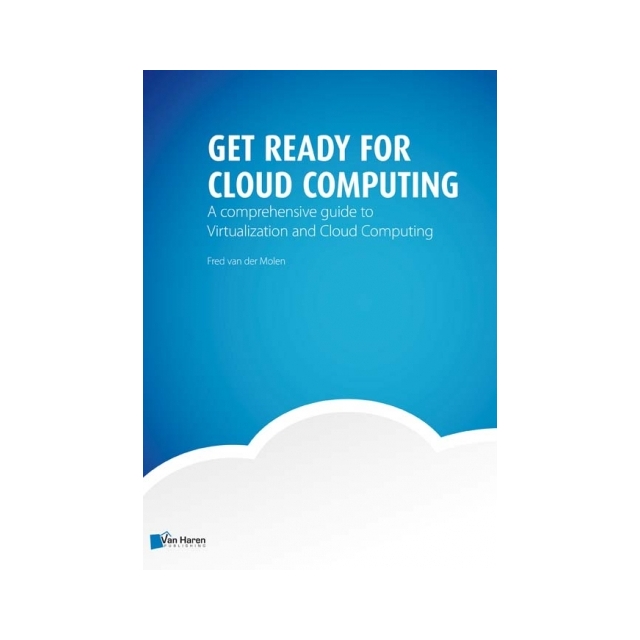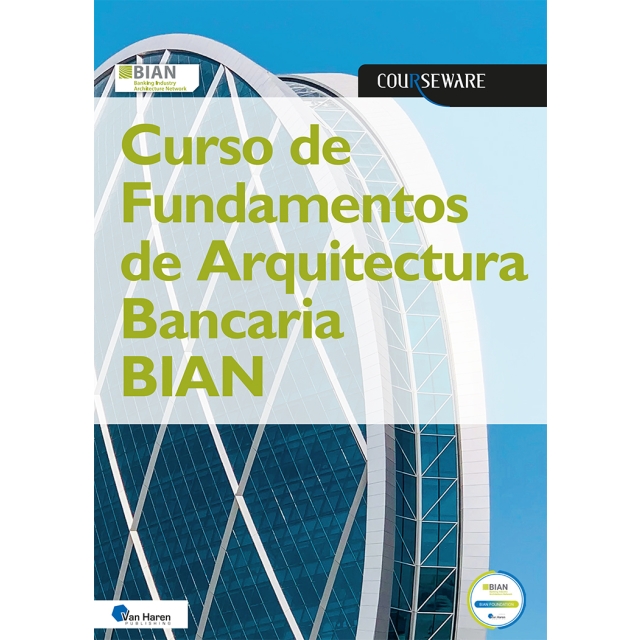Search for: bian 2nd edition
Related search terms
BIAN Banking Architecture Foundation Courseware BIAN Banking Architecture Courseware bian banking architecture foundation exam bian foundation certification courseware BIANs Banking Architecture Foundation Certification
24
- 12
- 24
- 36
- 48
- 72
Shop By
Filters
Standards
Publish Year
Product Type
Format
Language
Author
























